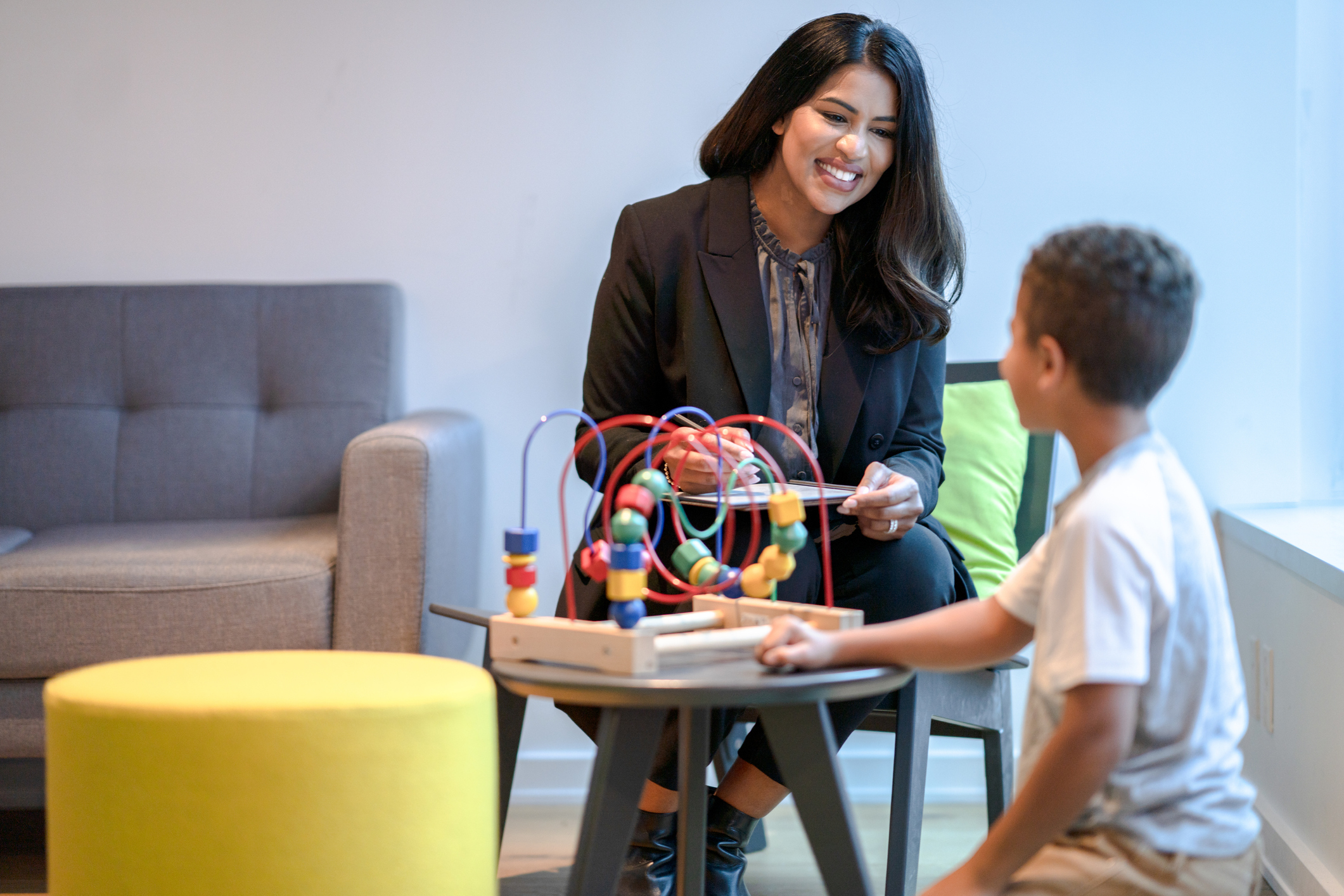By the time the last school bell rings for the 2024-2025 year, many parents and caregivers have already been hard at work for months planning trips, signing up for sports leagues, and making summer camp schedules to cover the hotter months ahead. They do this out of care for their kiddos’ time and well-being—not wanting them to be bored, under-stimulated, or lonely. Many book up kids’ time out of the logistical necessity of keeping them supervised (wouldn’t it be nice if we could all hit the pause button on our jobs for the summer and stay home with them?!). Needless to say, what sometimes results from this loving, careful planning is a “summer fun” calendar that looks just as busy as the school year! However, research increasingly hows how important it is for kids to have some true downtime in their lives, and what better time for that than a school break? Today, I’d like to make a case for slowing things down for youth over the summer and guarding time for things like play and rest.
What is play?
We all probably feel like we know play when we see it, but according to the National Institute for Play, it’s defined as “a state of mind that one has when absorbed in an activity that provides enjoyment and a suspension of the sense of time.” And play is self-motivated, so you want to do it again and again.” Other features of play are that it typically is voluntary, creative, self-structured, and process-driven (i.e., there aren’t intended outcomes or products). So, play might be a game of tag on a playground, imaginary scenarios with peers or siblings (e.g., playing “school” or “restaurant”), or teens wandering around a video game world with online friends.
What counts as rest?
I’m not necessarily talking about sleep here. Sleep, of course, is hugely important for kids’ and teens’ well-being. What I am talking about with “rest” is downtime – time to decompress, daydream, and turn off the typical stimulus overload of everyday life. I am talking about periods of time when emotional, social, cognitive, sensory, and even physical demands are removed for a person. What feels recharging or relaxing may vary by child but may include things like light reading, listening to music, going on a walk, or even just riding home on the bus and looking out the window. (Notice, there are no screens involved here…). The key is letting the mind wander.
Why are these important for youth?
Obviously, anyone of any age can both play and rest. However, there are reasons why these kinds of free time are especially important for children and adolescents. According to the National Institute for Play, play serves several important functions for development. For babies and young children, this kind of free exploration promotes brain growth and connections, as well as motor development. For older children, free play helps foster social skills and emotional intelligence, as they navigate unstructured peer interactions. For teens, play can be important for them to continue growing socially, develop problem-solving skills, as well as explore their identity and interests. Alternatively, not having adequate play during these periods can lead to deficits in appropriate development across the areas described.
Young brains also need downtime. Just like any other complex machinery, the brain needs some time in the “off” position to function well. According to the Cleveland Clinic, taking brain breaks can help “improve your mood, boost your performance and increase your ability to concentrate and pay attention.” This kind of under-stimulation from external sources may be especially important for youth: because they are exposed to more new information every day than adults, their bodies and brains may need more time to process and organize that information, and even to generate new cells to adapt to new learning. Quiet time helps with that kind of processing.
How much free time do youth need?
Notably, there can be differences in what play looks like and how much unstructured time is customary given norms and other roles children play in the home (e.g., the case of Japan), so one should be careful making or accepting blanket prescriptions. However, general guidelines suggest that daily play is recommended for at least 20 minutes daily up to as much as 3 hours per day (which could well be appropriate for the summer). According to American pediatric social worker, Michelle Rodriguez, “when kids are in school, the majority of their time is structured for them without their control or choice. The summer months are a good opportunity to give them a break.” She recommends approximately 40% of kids’ summer be free or unstructured time.
How can a family work this in?
Knowing the importance of play and downtime is one thing; working in free time can be another thing entirely if the family isn’t used to it. Here are some quick tips to find some breathing room in your kids’ schedules:
- Build unstructured time into the summer schedule, just like anything else. A “down” week spent with a relative could be just as valuable as a week in a structured camp or enrichment program. It may sound counterintuitive, but if downtime isn’t protected on the calendar, it may disappear entirely!
- Plan longer transition times. Little pockets of time between activities (e.g., car rides) can provide perfect opportunities for your child or teen to entertain themselves or daydream.
- Let other important adults know about your goals for downtime. The babysitter or the parent picking your kid up for a playdate would likely be happy to oblige in letting your kiddo be the master of some of their own time and energy this summer (with age-appropriate supervision, of course).
PracticeWise Connect
Further PracticeWise resources may be helpful in learning more about this topic:
- See our previous PracticeWise blog entry on the importance of sleep.
- There’s also a great blog on how to manage screentime as part of a youth’s downtime.
Further Information
American Psychological Association: Seven types of rest to help restore your body’s energy
HeadStart: Importance of Play in Early Childhood
Jan Peterson: The Importance of Rest and Play: Balancing Activity and Downtime
The National Institute for Play website
Parents.com: Why Parents Should Encourage Their Teens To Play More
—
About the Author
Taylor Thompson, Ph.D., serves as a distance learning developer and literature coder on the Services and Products Development team at PracticeWise. Dr. Thompson is a licensed psychologist and has provided psychological services to youth, young adults, and families for over 20 years. She completed her PhD in Counseling Psychology and School Psychology at Florida State University. She specializes in assessing and treating ADHD, learning disorders, anxiety, depression, autism spectrum disorders, behavioral disorders, and relational concerns. Dr. Thompson is currently an Assistant Clinical Professor at Florida State University College of Medicine. Learn more about Dr. Thompson on the PracticeWise team page.







